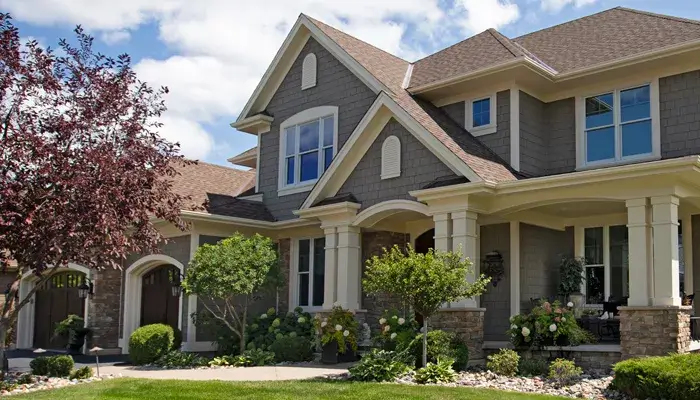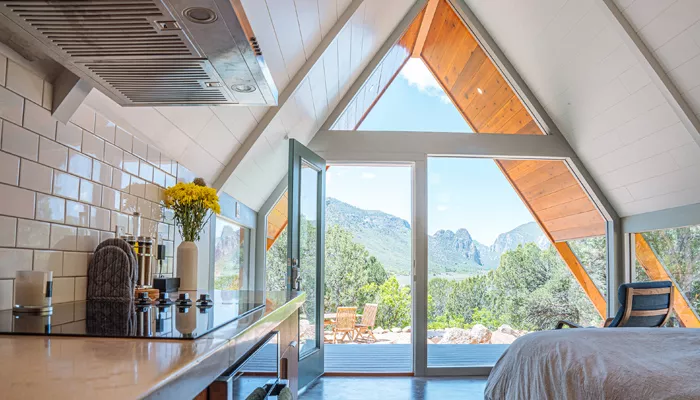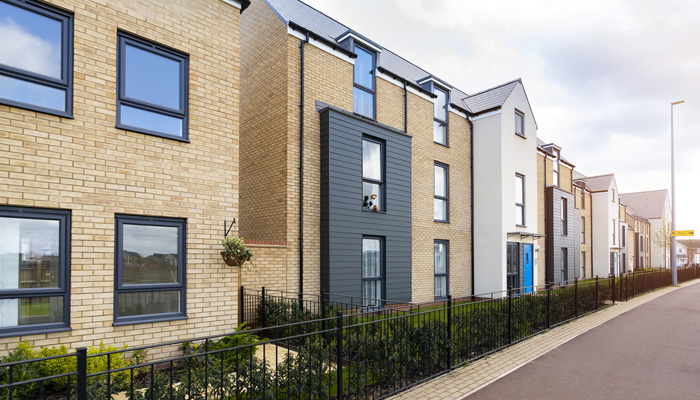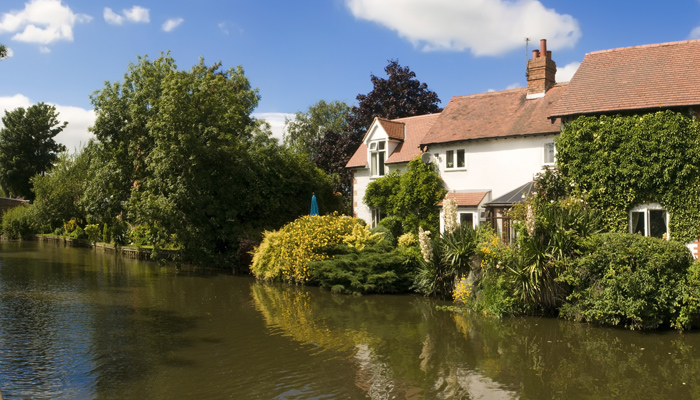The Rebuild Cost of a Listed Building
What is a listed property?
The rebuild cost is the amount you insure your property for in case you should ever need to rebuild it. However, this can be a little more complex when it comes to a listed property. Read our guide for more information on calculating the rebuild cost of a listed property.
A property may be listed because of its design, decoration or craftsmanship, or because the property is of special interest to social economic or cultural history. Listed properties are often made of less traditional materials and are typically considerably older than a standard property. This means that a lot of standard home insurers will not offer cover for listed buildings.
How to calculate the rebuild cost of a listed property
Rebuilding a listed property will usually cost significantly more than a standard home due to the types of materials and building techniques used in these types of properties.
With listed properties it is recommended that you get specialist advice in order to ensure that your rebuild cost is calculated correctly. It may be worth using the services of a surveyor, and perhaps other professionals such as architects and planning consultants, with experience working on listed buildings. Although services like this may be costlier than a typical surveyor, their experience in this area of construction will help to ensure that the rebuild cost of your home is accurately calculated.
Listed building owners must keep in mind that the conservation officer at their local authority has the right to grant or refuse any alterations or renovations. In cases of a rebuild being required many authorities will insist that traditional building materials and methods are used, which can be far more expensive than simply buying construction materials at your local DIY store. This will be factored in to the rebuild cost of your listed property.
Rebuilding a listed property
When rebuilding a listed property it is important you remember it is likely to be more complex than rebuilding a standard home, for several reasons:
-
Time delays - Work on listed buildings tends to take longer, not only due to the building techniques used but time delays may also be caused by authorities wanting to carry out research on the site.
-
Conservation approval - Typically work to a seriously damaged listed building will need approval from the local authorities who will be keen to ensure that no traditional forms of construction are lost when the property is rebuilt. This process can be lengthy.
-
Additions - Many listed buildings also have historic garden walls and driveways or outbuildings which will also need to be factored in during the calculation of the rebuild cost.
Categories of listed buildings
Listed buildings in the UK are grouped into different categories:
- Grade I (highest significance)
- Grade II*
- Grade II
If you live in a listed building, it is most likely Grade II as over 90% of listed buildings in the UK fall into this category. The grade of listing dictates how much change can be made to a building's interior and exterior.
If your building is listed, it will appear on the National Heritage List for England - if you do not know your building's grade, you will be able to find the information on this list.
Listed property insurance from Towergate
Owning a listed property comes with obligations to maintain and protect the building. There are some insurers who will not cover listed buildings due to the age, materials and construction methods used on these types of properties.
We are able to offer listed building insurance for all grades of listed building which can help to put your mind at ease. For more information visit our dedicated listed building insurance page or speak to one of expert advisers on 0344 892 1750.
About the author
James Cooper is a respected industry leader with over 10 years' experience in the home and property insurance sector. He works across a broad range of insurance product and policy development and delivery, including product development; customer sales and marketing; and P&L accountability.
Date: August 28, 2015
Category: Home and Property











